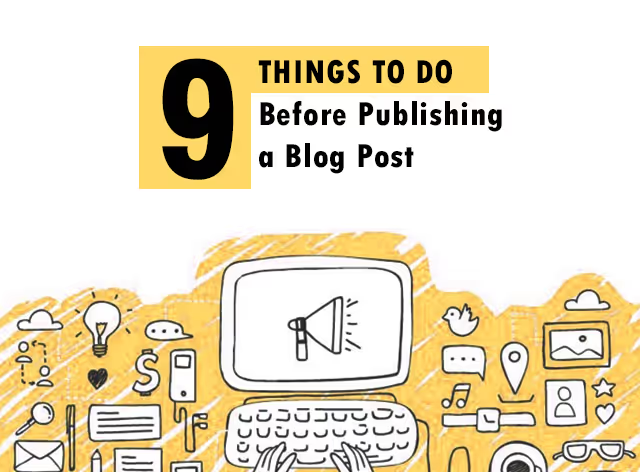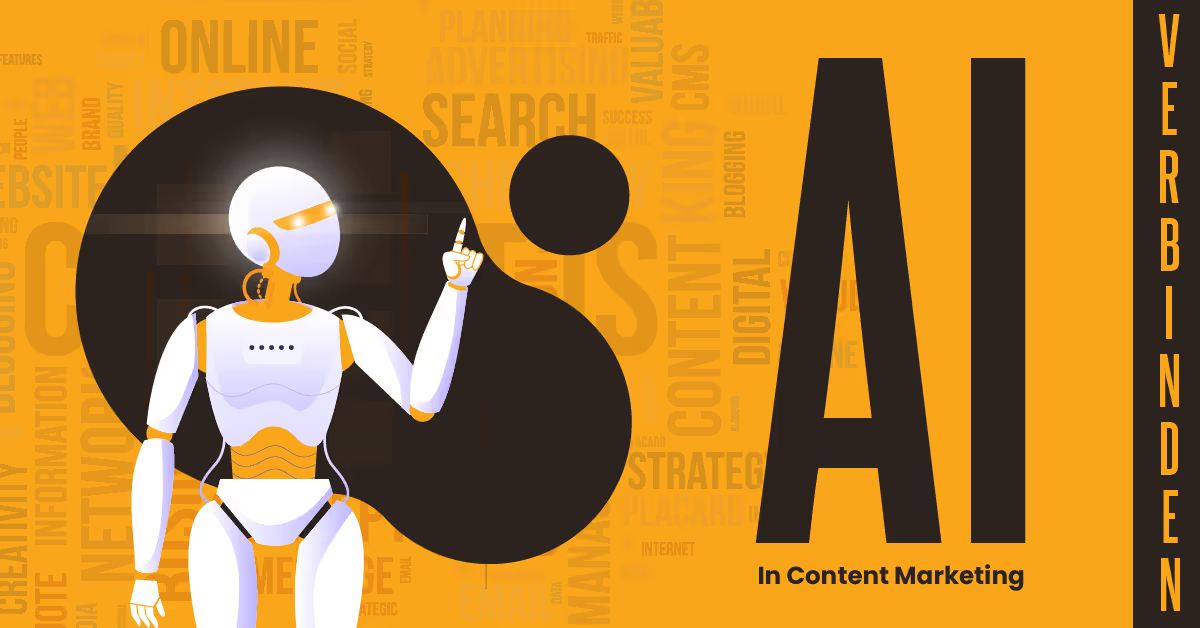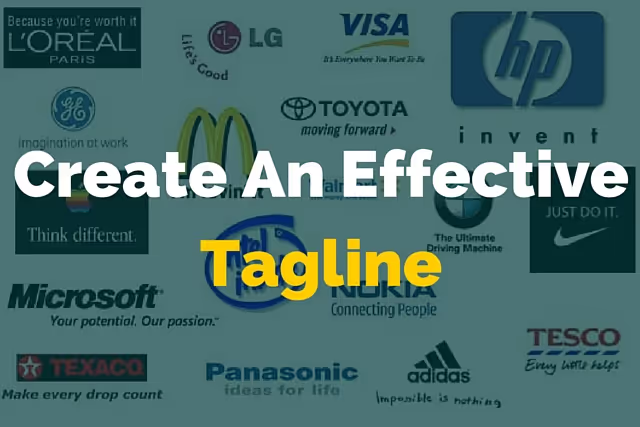Generative AI in Marketing: How AEO & GEO Are Reshaping Digital Strategies
- October 8, 2025
- Digital Marketing

Introduction
Imagine you are leading a marketing team at a high-growthB2B tech company. You’ve nailed your SEO, your blog traffic looks promising, but conversions are stagnated and worse, your most valuable content isn’t even surfacing in today’s AI-generated answers. Welcome to the future of search, where traditional discoverability methods no longer guarantee visibility. As search evolves from links to language, Generative AI in marketing is no longer optional. It’s foundational.
The digital ecosystem is shifting. We're no longer just optimizing content for search engine spiders. Today's marketers are learning how to shape content for answer engines and generative engines. These are AI-driven platforms that synthesize information and deliver human-like responses instantly. While 88% of marketers are already using AI, many haven’t yet adapted their optimization strategies for this new kind of visibility. It's no longer just about ranking, it's about being cited, referenced, and trusted by AI models. Two approaches rising to meet this challenge are Answer Engine Optimization (AEO) and Generative Engine Optimization (GEO). Together, they're redefining how you get found, trusted, and chosen online.
The Evolution: From SEO to AEO and GEO
For years, Search Engine Optimization (SEO) was our go-to playbook for visibility. Keyword strategies, technical SEO, backlinks, and content length determined organic ranking. That hasn’t gone away, but the game has expanded. Users are increasingly turning to voice search, language models, and AI-powered assistants to answer their questions in real time. The result? Traditional ranking alone isn’t enough. Your content needs to be understood by AI, not just indexed by a search bot.
AEO emerged as voice search began gaining ground. It’s built around providing clear, authoritative answers that can be spoken aloud by assistants like Siri or pulled into featured snippets on platforms like Google. Instead of focusing on broad content depth, it prioritizes clarity, brevity, and question-based structure to match how people speak and search. Meanwhile, GEO takes the thought process even deeper. It’s not just aiming for search queries. GEO aligns content with how Large Language Models (LLMs) process and synthesize text to answer compound, multi-faceted prompts.
Platforms like ChatGPT, Google’s AI Overviews, Bard, and Perplexity don’t just point users to sources, they generate responses that feel human. Unless your content is structured fluently, backed by data, and optimally formatted, it may never get quoted, let alone prioritized, by these AI systems. SEO optimized your content to rank. GEO optimizes your expertise to be repurposed and re-synthesized by AI.
Understanding the Differences: SEO vs AEO vs GEO
To understand how to apply these strategies, it's critical to grasp their differences. While SEO still plays a vital foundational role in attracting organic visibility, AEO is tailored for answer engines. It helps your content appear in featured snippets and voice results, whereas GEO is targeted at generative AI models that compile answers from across the web.
SEO focuses on keywords, backlinks, and metadata. It prioritizes rankings in traditional search results. AEO, on the other hand, structures content for immediate, conversational answers. This is more like FAQ formats, structured data, and question-based headers. Then comes GEO, which is designed for LLMs. It prioritizes citation-worthy content that uses authoritative language, semantic depth, and credible statistics. Each strategy has unique nuances, but together, they create a complete visibility matrix across both traditional and AI-first platforms.
"The future is a balance of automation with human expertise. You must become an architect of the entire search experience. You can no longer afford to be just an 'SEO.' You must master the technical foundation of SEO, the precision of GEO, and the directness of AEO. Those still fixated on chasing blue links... are already becoming ghosts in the machine." - Danny Sullivan (Google Search Liaison)
What Makes Generative AI So Impactful for Marketers?
The rise of generative AI has done more than introduce new tools. It has fundamentally changed how content is consumed and, more importantly, how content earns attention. Today’s users rarely click search result links if their question is answered on the results page. And when using AI tools like ChatGPT or Bard, those users may never even see a traditional link.
This zero-click environment makes citing by AI models crucial. Research by Princeton University shows that adding statistics, clear attributions, and quotation-ready phrasing increases citation frequency by 30–40%. In short, your content is competing to become the voice behind the AI's answer and not just to rank on the first page.
For marketers, this changes everything. Instead of relying purely on rankings, you're now optimizing for trust, clarity, and structure in ways AI can understand and replicate. You need to think about how content sounds, not just how it’s indexed.
Case Studies: How Generative AI Is Driving Success
Leading brands are already embracing AEO and GEO techniques with huge success.
For instance, BMW adopted generative AI to dynamically create localized marketing copy across multiple regions, streamlining campaign deployment while maintaining message consistency. They reported increased engagement and faster time-to-market across three continents.
Sephora took a different approach. They built an AI-powered virtual assistant capable of making real-time product recommendations with facial recognition. The result? Improved conversion rates, reduced returns, and enhanced digital engagement. By integrating smart answers and conversational UX, Sephora bridged the digital-native user expectation of personalization with AI-powered simplicity.
On the content safety side, platforms like Reddit and YouTube have adopted tools like Verbinden's TNSS.io, which use AI to moderate vast volumes of user content in real time. This is a demonstration on how rapidly generative tools are influencing not just marketing output but also trust and governance standards.
Implementing GEO and AEO in Your Strategy
So how do marketers concretely begin applying these concepts?
Start with AEO by identifying question-based queries in your niche. Structure your content to answer these using clear headers, bite-sized explanations, and a conversational tone that would be easily picked up by a voice assistant or snippet crawler. Implement FAQ schema, use short form answers early in the content, and anticipate how your users naturally ask questions.
Ready to master AEO? Click here to download your essential checklist
For GEO, improve your content's authority. Use quotations, trusted stats, and expert insights. Structure your paragraphs in such a way that natural language flow AI models can easily parse. That means bullet points have their place, but so does insightful, well-structured narrative with semantic clarity. Think like a teacher writing notes for another teacher to summarize, not like a copywriter stuffing keyword.
Get your guide to SEO excellence - Download the checklist
Remember, AI tools synthesize ideas. If your content is too rigid or vague, it won’t be used. The best performing GEO content takes on the tone of contributor-quality writing. That needs to be citable, clear, and valuable in high-context conversations.
What Metrics Should You Watch?
In the AI-powered landscape, traditional metrics like traffic and backlinks are still important, but new KPIs now matter even more. Track how often your content appears in featured snippets, AI-generated answers, and voice responses. Monitor brand mentions in AI summaries, track zero-click impressions, and evaluate conversion effectiveness across various types of search-driven engagements.
Also, measure the efficiency gains from using AI internally faster content generation, real-time personalization, and automated campaign delivery. This is where tools like Requinox AI and Zoana AI bring enormous value by integrating intelligent automation in both front-end engagement and internal operations.
Final Thought: Don’t Just Rank, Resonate
In a world where AI is shaping answers before users even ask the question, your content can’t just be optimized for engines. It must be designed for understanding, sharing, and trust. That’s what AEO and GEO deliver. Recognition not just by algorithms, but by AI itself.
The future belongs to brands that build with AI, not just react to it. Whether it's smarter customer support through Zoana.AI, real-time content safety via TNSS.io, or high-quality lead qualification with Requinox.AI, your marketing success now hinges on how well your strategy aligns with the new rules of intelligence.
So, step forward with a growth partner and not just a vendor. At Verbinden, we engineer digital transformation with AI at the core, because your content shouldn’t just rank. It should lead!
No results found - Please try again.



.png)
.avif)

%201.avif)








.avif)
.jpeg)










.avif)




.avif)


.avif)








